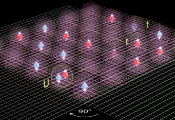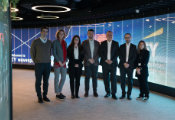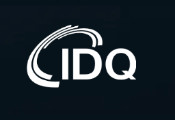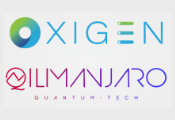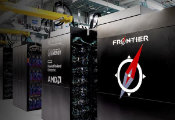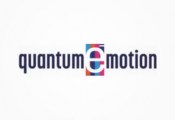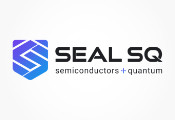Atom Computing: Building Quantum Supercomputers with Microsoft
September 10, 2024 -- Atom Computing has been on a singular mission to win the race to fault tolerant quantum computing using our highly scalable neutral atom technology. Today Microsoft announced a game-changing collaboration to extend our lead in the race: together we will build the world’s most powerful quantum computer on a path to scientific and commercial advantage. Microsoft and Atom Computing have been working closely together to accelerate the development of fault-tolerant quantum supercomputers that can solve impactful problems too difficult for even the most powerful classical supercomputing systems.
Why is it important for quantum computers to be fault-tolerant? For most existing quantum computing technologies the fundamental physical qubits that these technologies work with are not perfect; the qubits pick up environmental noise, have unwanted interactions with each other, and can be difficult to manipulate within the quantum computing platform itself. In order to run large and meaningful calculations the error rates need to be many orders of magnitude smaller than what’s possible with individual physical qubits.
There is a solution to overcoming the limitations of individual physical qubits: by using advanced algorithms and techniques – also known as “quantum error-correction” – multiple physical qubits can be grouped together to form a single so-called “logical qubit” which then acts like a single effective qubit with very low error. The advantage of logical qubits is that they can be scaled to have almost arbitrary low error rates by leveraging numerous physical qubits and clever encoding schemes. This paves the road to running algorithms that are extremely resistant to the imperfect operations of individual physical qubits.
Atom Computing’s neutral atom-based hardware uniquely combines all the necessary capabilities essential for enabling quantum error-correction, including large numbers of high-fidelity qubits, all-to-all qubit connectivity, long coherence times, and mid-circuit measurement with qubit reset and reuse. Running on Atom Computing’s second-generation systems, Microsoft is optimizing their error-correcting codes and developing algorithms for fault tolerant applications.
Both Atom Computing and Microsoft have been contributing significant resources to integrate upgrades across the full hardware and software stack to efficiently create logical qubits and accelerating toward scientific and commercial advantage. In the near term, our goal is to advance Level 2 resilient computation by entangling multiple logical qubits with very low logical error rates. Driven by Atom Computing’s ability to scale the number of physical qubits by tenfold with each generation of our systems, we will together continue to demonstrate significant milestones faster than previously thought possible.




